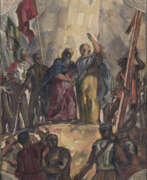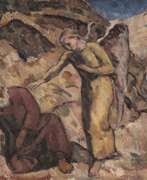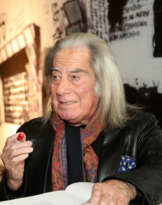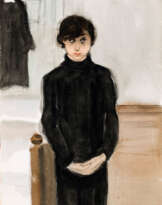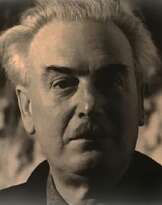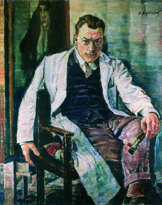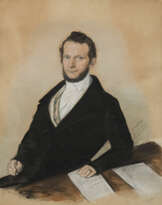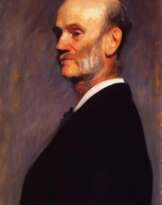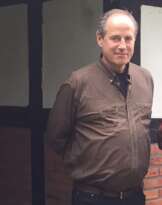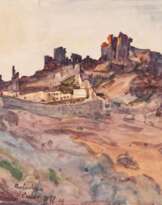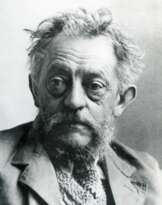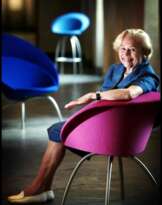Karl Caspar (1879 - 1956)
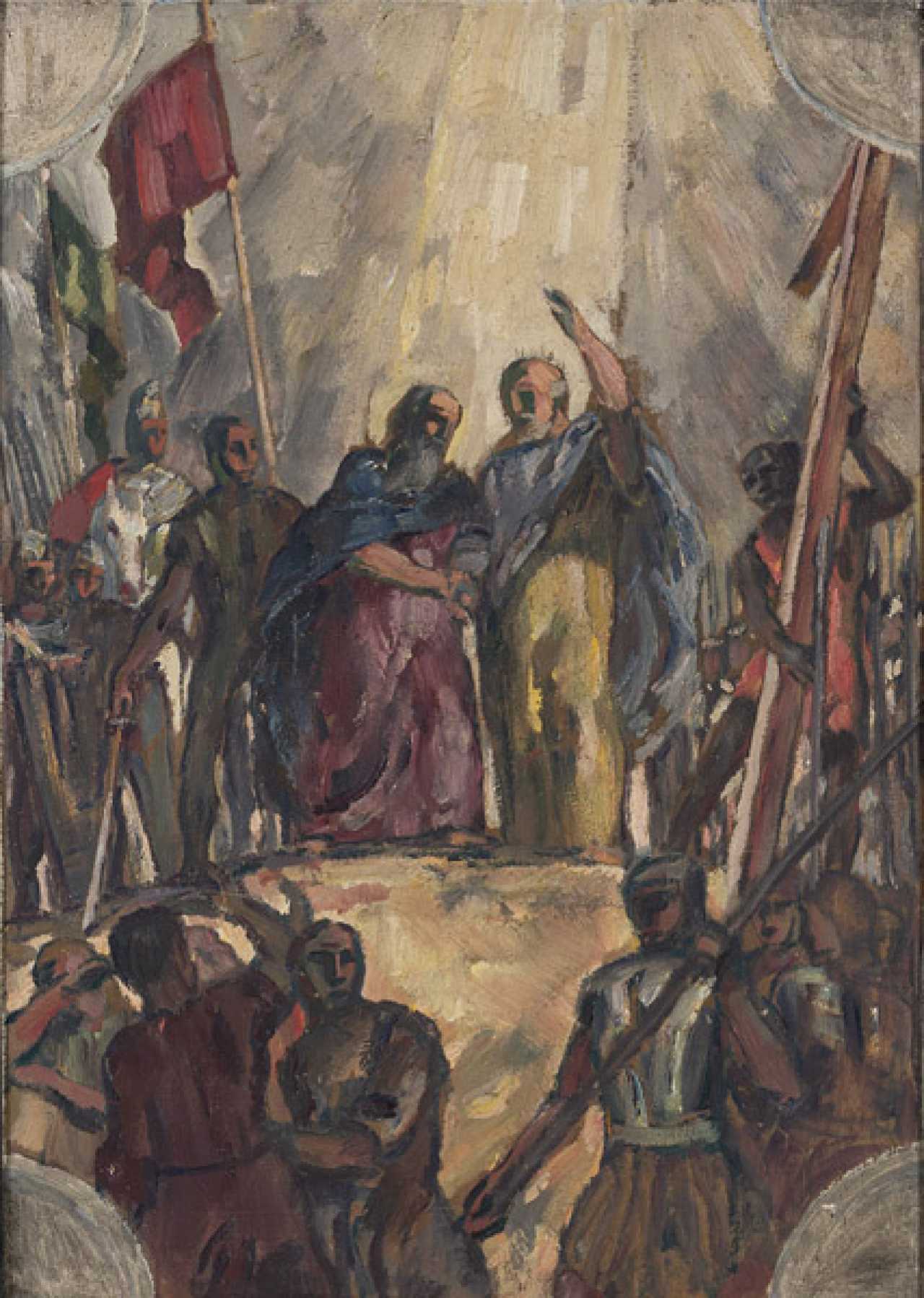
Karl Caspar
Karl Caspar was a German painter and graphic artist.
Caspar studied at the Art Academy in Stuttgart and the Academy of Fine Arts in Munich. In 1904 he became a member of the Stuttgart Artists' Union (Stuttgarter Künstlerbund), in 1906 he joined the German Artists' Union (Deutscher Künstlerbund). In 1913 he became one of the founders of the New Munich Secession, becoming its chairman in 1919.
Karl Caspar's creative field was painting and drawing with Impressionist and Expressionist influences in various genres, from Christian subjects to the nude genre.
From 1922 to 1937, Karl Caspar was professor and then president of the Academy of Fine Arts in Munich. In 1937, his works were exhibited at the Exhibition of Degenerate Art organized by the Nazis in Munich, but many of them were then withdrawn from German museums and state collections and destroyed. After the end of World War II, Karl Caspar returned to teaching: in 1948 he became one of the founders of the Bavarian Academy of Fine Arts, and in 1955 he became an academician of the Berlin Academy of Arts. He participated in the Venice Biennale and was awarded the Order of Merit of the Federal Republic of Germany in 1950.
| Date and place of birt: | 13 march 1879, Friedrichshafen, Germany |
|---|---|
| Date and place of death: | 21 september 1956, Brannenburg, Germany |
| Nationality: | Germany |
| Period of activity: | XIX, XX century |
| Specialization: | Artist, Educator, Graphic artist, Painter |
| Art school / group: | New Artists' Association Munich |
| Art style: | Degenerate art, Expressionism, Impressionism, Post War Art |

